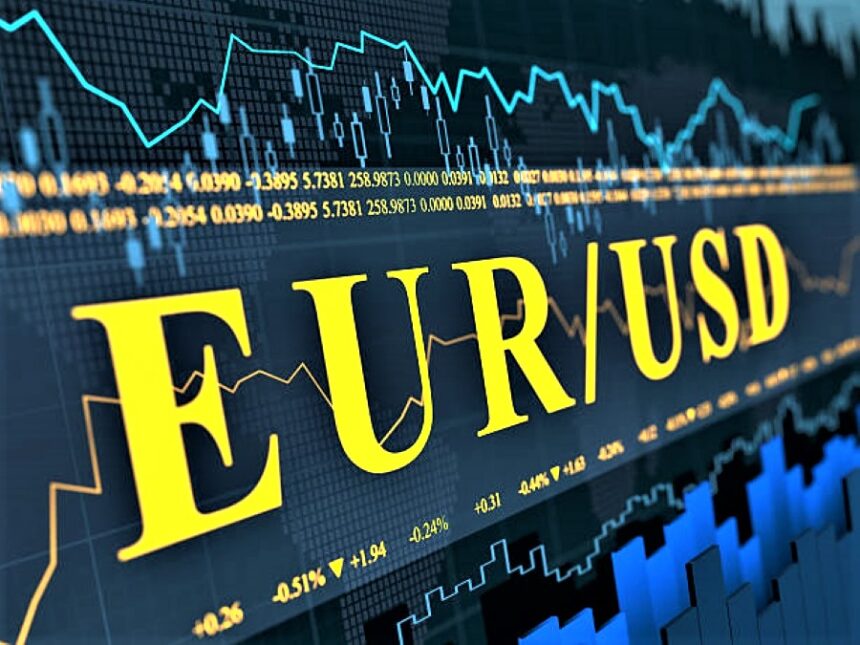EURUSD steadily advances again over 1.0700.
The EURUSD is trading around the 1.0730s on Friday, ahead of significant data from the United States. In the shape of the March core Personal Consumption Expenditures Price Index (PCE). The Federal Reserve’s (Fed) preferred inflation gauge.
EURUSD additional volatility is possible after the core Personal Expenditures Price Index for March is revealed on Friday.
The pair fell on Thursday with the release of the Q1 US GDP report. But has since recovered and resumed its short-term upward trend.
The fundamental PCE data is released. The US Bureau of Economic Analysis (BEA) at 12:30 GMT could change market assumptions. Regarding the timing of Fed interest-rate decreases, with consequences for the EURUSD.
EURUSD recovers from its post-GDP data fall.
Following the announcement of US first-quarter GDP statistics on Thursday. EURUSD fell quickly to a low of 1.0678 before recovering to the 1.0730s. Although annualized GDP growth missed consensus forecasts and dropped below the previous quarter’s growth rate. The Personal Consumption Expenditures Prices component, which measures the change in prices of products, was significantly greater than the previous quarter, supporting the US Dollar (USD).
The inflationary statistics meant. That markets scaled back their expectations of when the Federal Reserve (Fed) will start decreasing interest rates. With the possibility According to Deutsche Bank analysts. The possibility of a rate cut by the July meeting has dropped from 50% the day before to 34% since then.
The anticipation that interest rates will remain higher for extended periods of time momentarily boosted the Greenback – but weighed on the EURUSD – because higher interest rates attract more foreign capital inflows.
EURUSD is at risk of increased volatility.
EURUSD may now be more volatile when the monthly core PCE is issued at 12:30 GMT. Although the data in the GDP report for the quarter has already alerted the market to a potential upside surprise, the core PCE for March. Which is due on Friday, will provide further insight.
EURUSD is likely to fall if core PCE readings are higher than the Economists estimate 2.6% (0.3% MoM), which is higher than the previous month’s reading of 2.8%. A higher-than-expected figure would signal ongoing pricing pressures, encouraging the Fed to keep interest rates at present levels for an extended period of time.
A lower-than-expected result would push the Fed’s first interest-rate cut forward, weakening the dollar and raising the EURUSD exchange rate.
The CME FedWatch Tool, a market-based indicator of when the Fed is likely to change interest rates, predicts the first rate drop in September, with a 59% likelihood.
Aside from the US PCE data, the calendar reveals little in the way of actual data that is expected to impact the Euro (EUR) side of the pair. European Central Bank (ECB) officials may yet cause some disruption.









